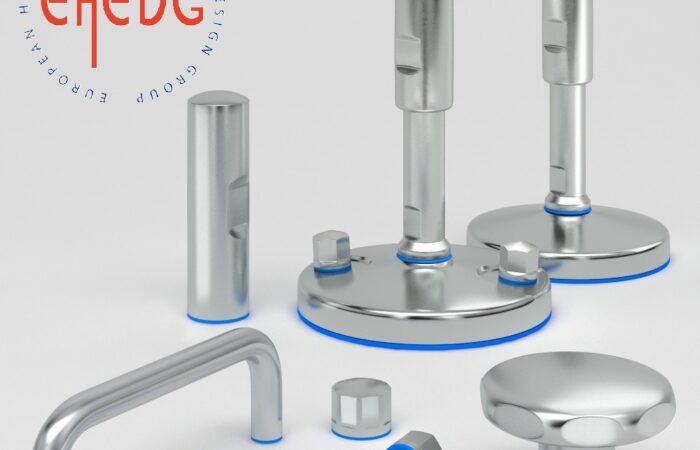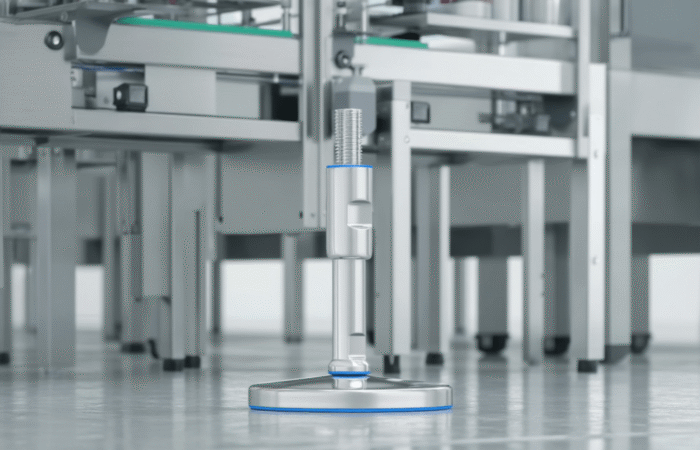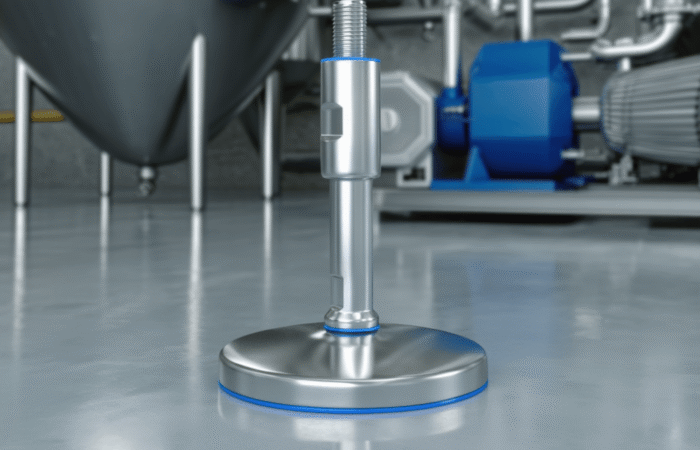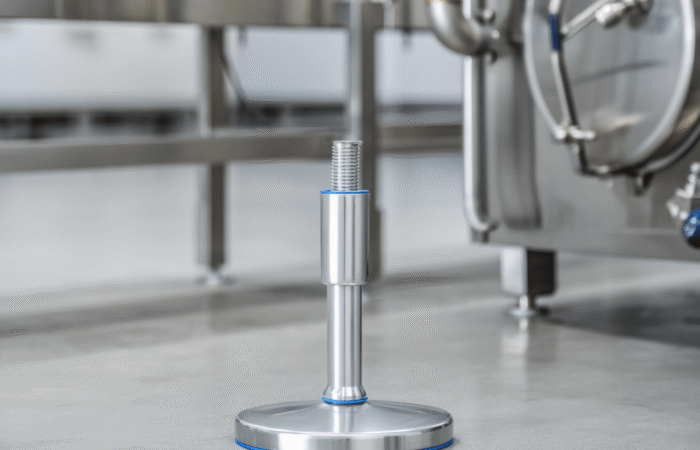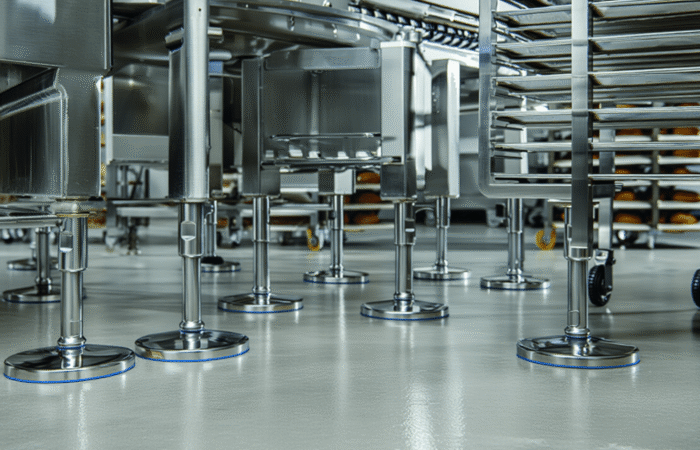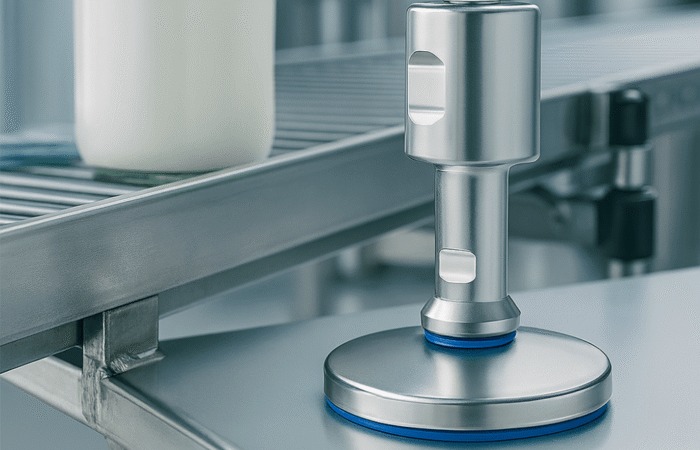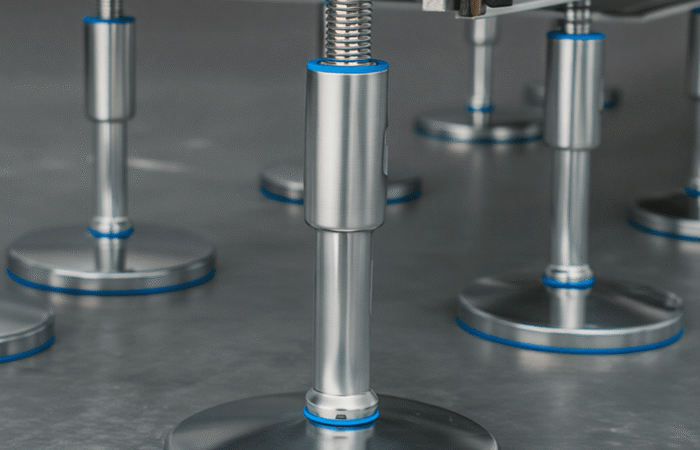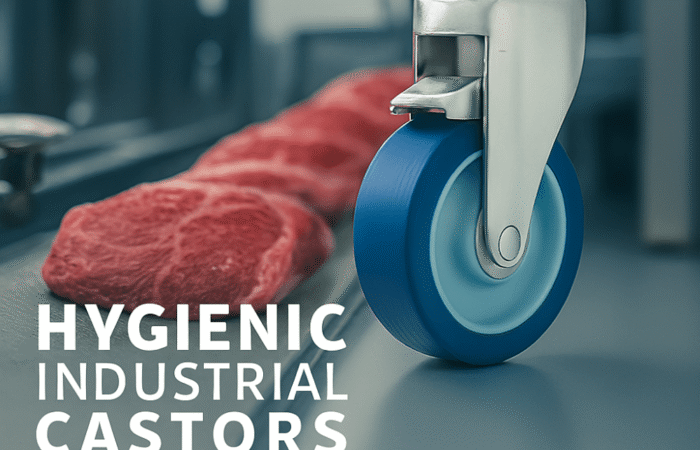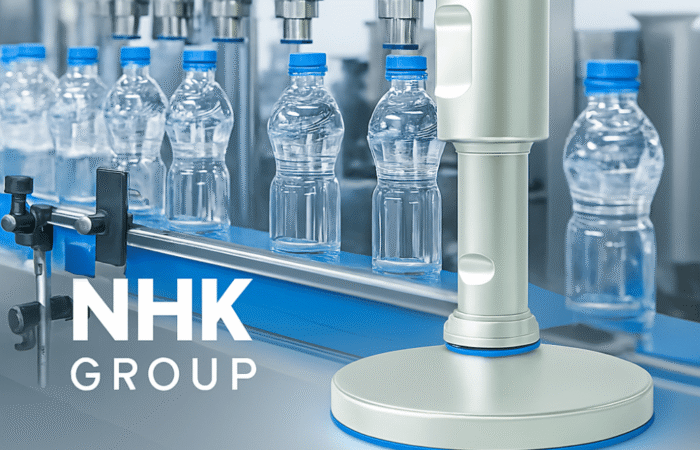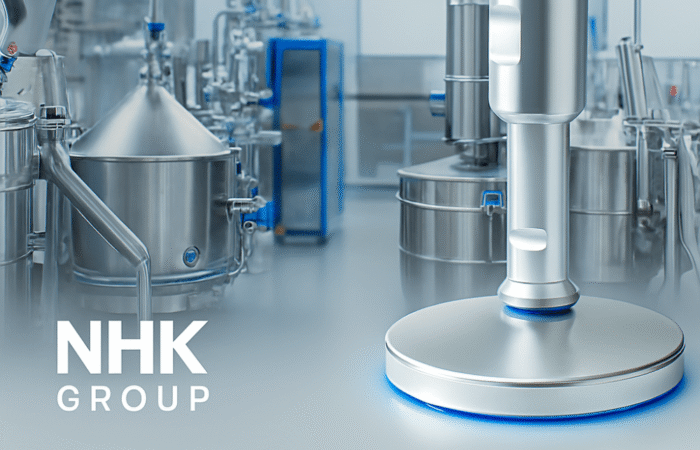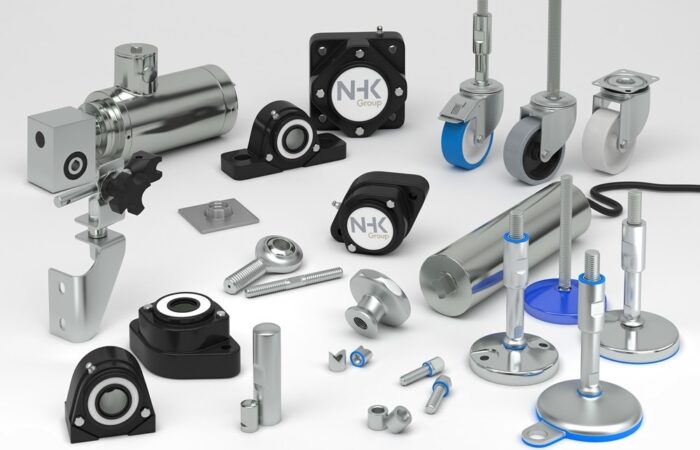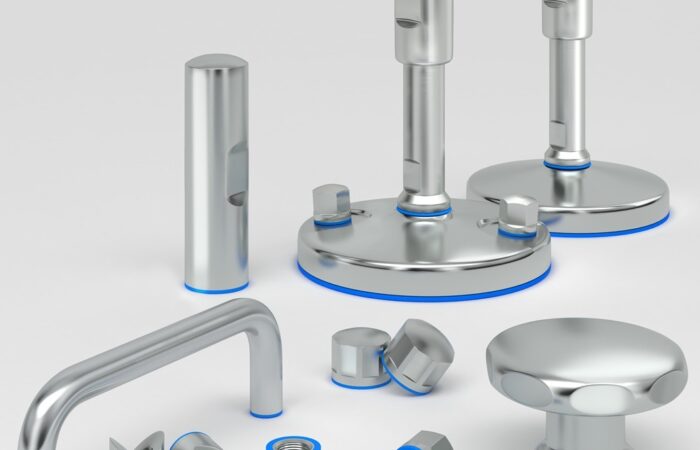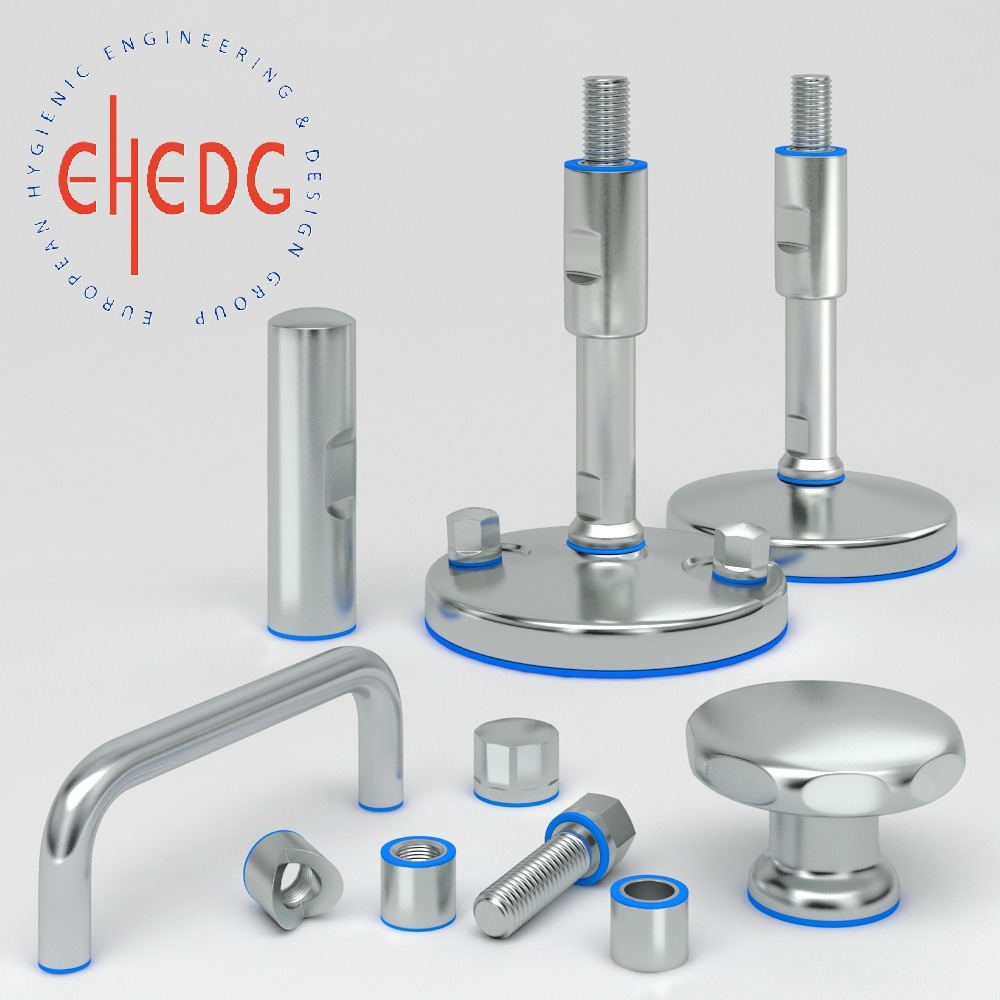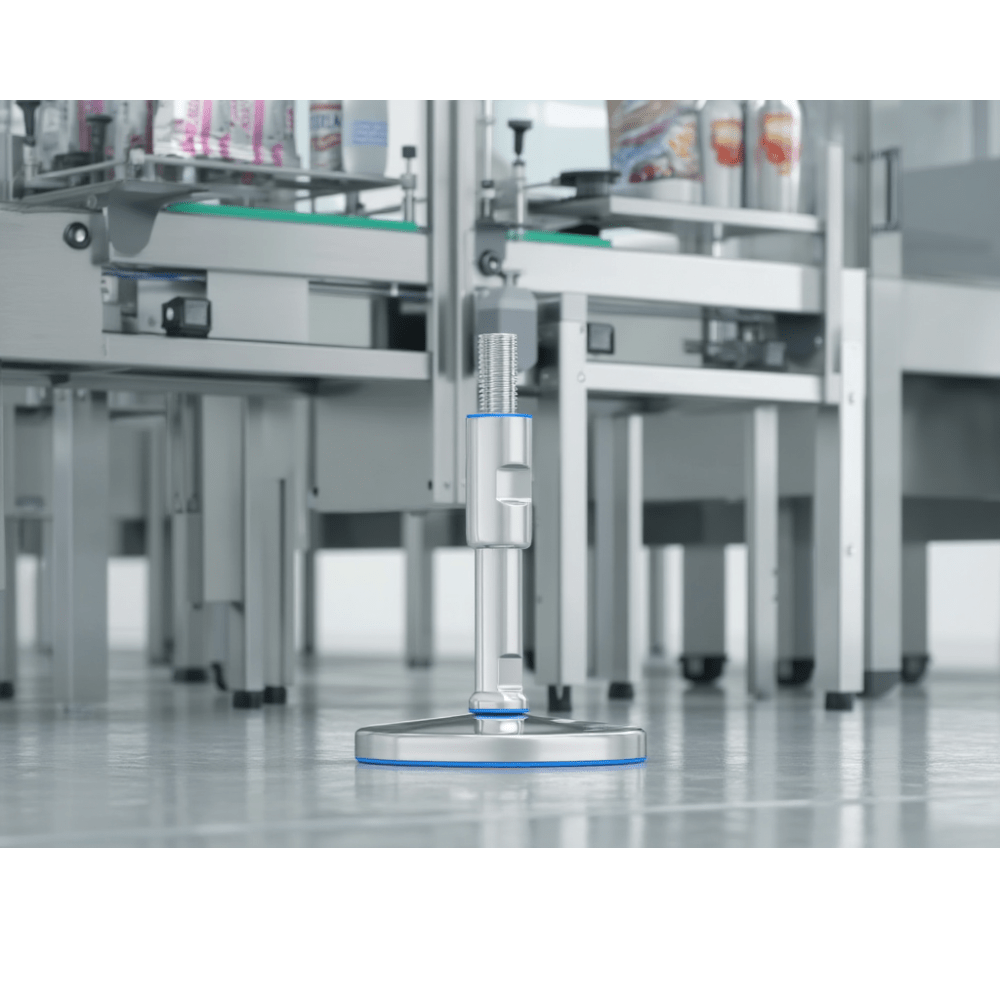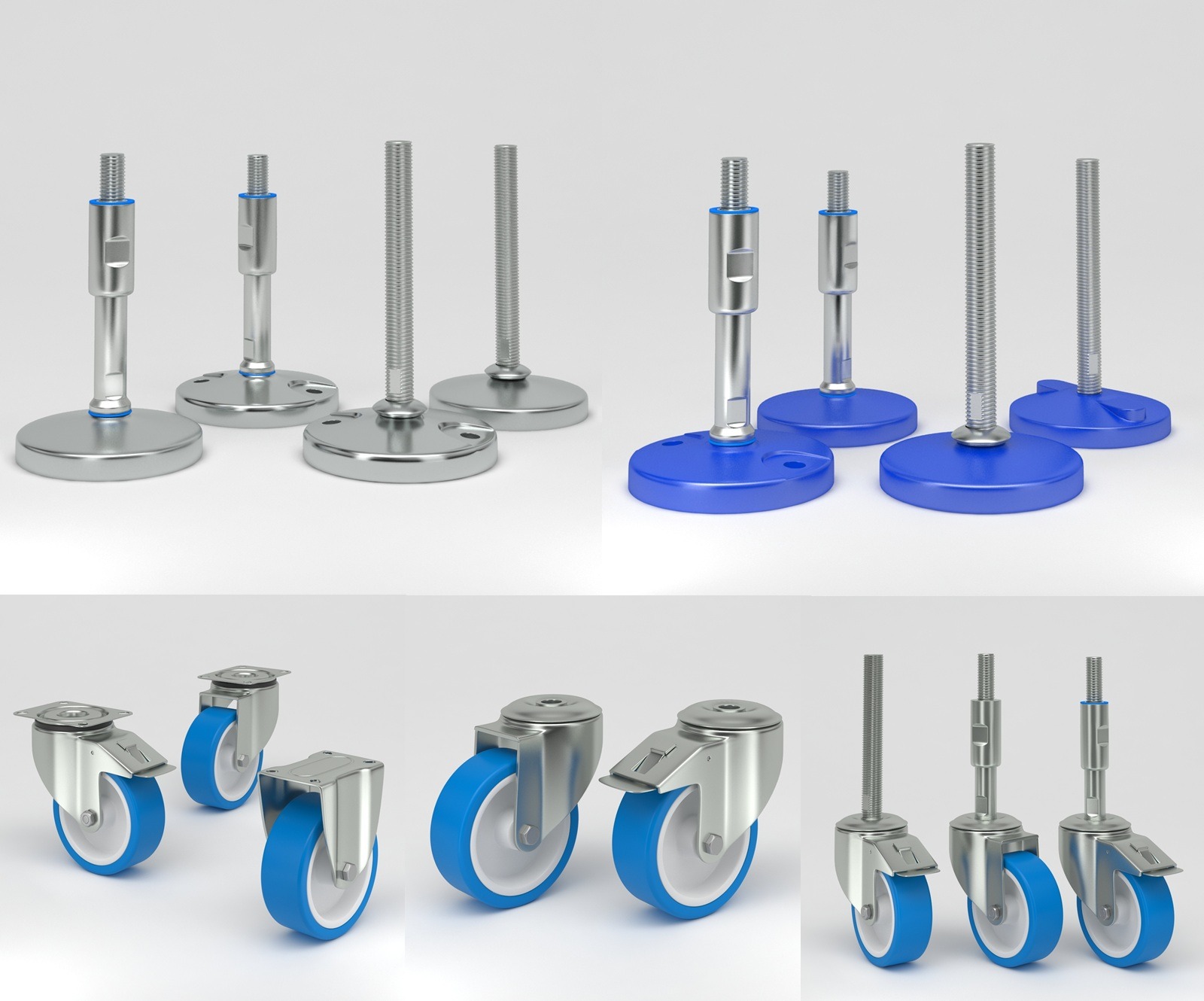
Detailed Comparison: Machine Casters vs. Leveling Feet
When selecting components for industrial machinery, machine casters and leveling feet serve distinct yet equally important roles. Casters enable mobility, while leveling feet provide stability and support. The choice between the two depends on the specific requirements of an industry, workspace layout, and machine functionality. This article presents a detailed, side-by-side comparison of machine casters and leveling feet, covering key factors such as stability, mobility, vibration control, safety, and industry-specific applications. Machine casters are wheel-mounted supports designed to provide mobility to industrial equipment, allowing it to be moved easily within a facility. Leveling feet are adjustable components that provide stability, leveling, and vibration dampening for stationary machinery. ✔ Machine Casters: Ideal for equipment that needs to be repositioned frequently, such as conveyors and labeling machines. ✔ Machine Casters: Used for mobile prep stations, food storage carts, and reconfigurable production lines. ✔ Machine Casters: Suitable for mobile cleanroom workstations and modular lab setups. ✔ Machine Casters: Best for flexible lab spaces where equipment must be moved for different experiments. For facilities that require both mobility and stability, leveling casters combine the benefits of casters and leveling feet. The choice between machine casters and leveling feet depends on your industry needs: ✔ Choose Machine Casters if: ✔ Choose Leveling Feet if: ✔ Consider Leveling Casters if: By selecting the right casters or leveling feet, businesses can improve efficiency, safety, and long-term operational performance.Machine Casters vs. Leveling Feet
What Are Machine Casters?
Features of Machine Casters
Pros and Cons of Machine Casters
Pros Cons Allows easy movement and repositioning of heavy equipment. Less stable than stationary solutions, even with locks. Reduces manual labor needed for repositioning. May introduce vibration, affecting precision machines. Enables quick workspace reconfiguration. Can cause floor damage if inappropriate material is used. Increases accessibility for cleaning and maintenance. May require regular maintenance (e.g., replacing worn-out wheels). Best Use Cases for Machine Casters
What Are Leveling Feet?
Features of Leveling Feet
Pros and Cons of Leveling Feet
Pros Cons Provides maximum stability for precision machinery. Limited mobility, requiring manual lifting or forklifts to move. Helps maintain alignment on uneven surfaces. Takes time to adjust properly for optimal leveling. Reduces vibrations, ensuring accuracy in processing and measurement. Not ideal for frequently reconfigured workspaces. Protects floors by evenly distributing weight. Requires additional lifting equipment for repositioning. Best Use Cases for Leveling Feet
Side-by-Side Comparison: Machine Casters vs. Leveling Feet
Feature Machine Casters Leveling Feet Primary Function Mobility & easy repositioning Stability & vibration control Best For Workspaces requiring frequent layout changes Precision machinery and heavy stationary equipment Load Distribution May cause uneven weight distribution Evenly distributes weight across feet Vibration Control Less effective; can transfer vibrations to the floor Highly effective at absorbing vibrations Mobility High – Allows easy movement Low – Fixed in place Hygiene & Cleanability May have crevices that collect dirt Smooth, hygienic surfaces available Installation Time Quick installation Requires height adjustment for leveling Safety & Stability Can roll if not locked properly Very stable and secure Industry-Specific Considerations
Packaging Industry
✔ Leveling Feet: Best for precision packaging systems that require minimal movement, such as weigh-fillers and sealing machines.Food Processing Industry
✔ Leveling Feet: Essential for food processing equipment that requires stability, such as mixers, slicers, and pasteurizers.Pharmaceutical Industry
✔ Leveling Feet: Necessary for tablet presses, capsule fillers, and analytical instruments requiring absolute precision.Biotechnology Industry
✔ Leveling Feet: Used for biosafety cabinets, incubators, and analytical balances where stability is critical.Hybrid Solution: Leveling Casters
Key Features of Leveling Casters
Best Applications for Leveling Casters
Which One Should You Choose?
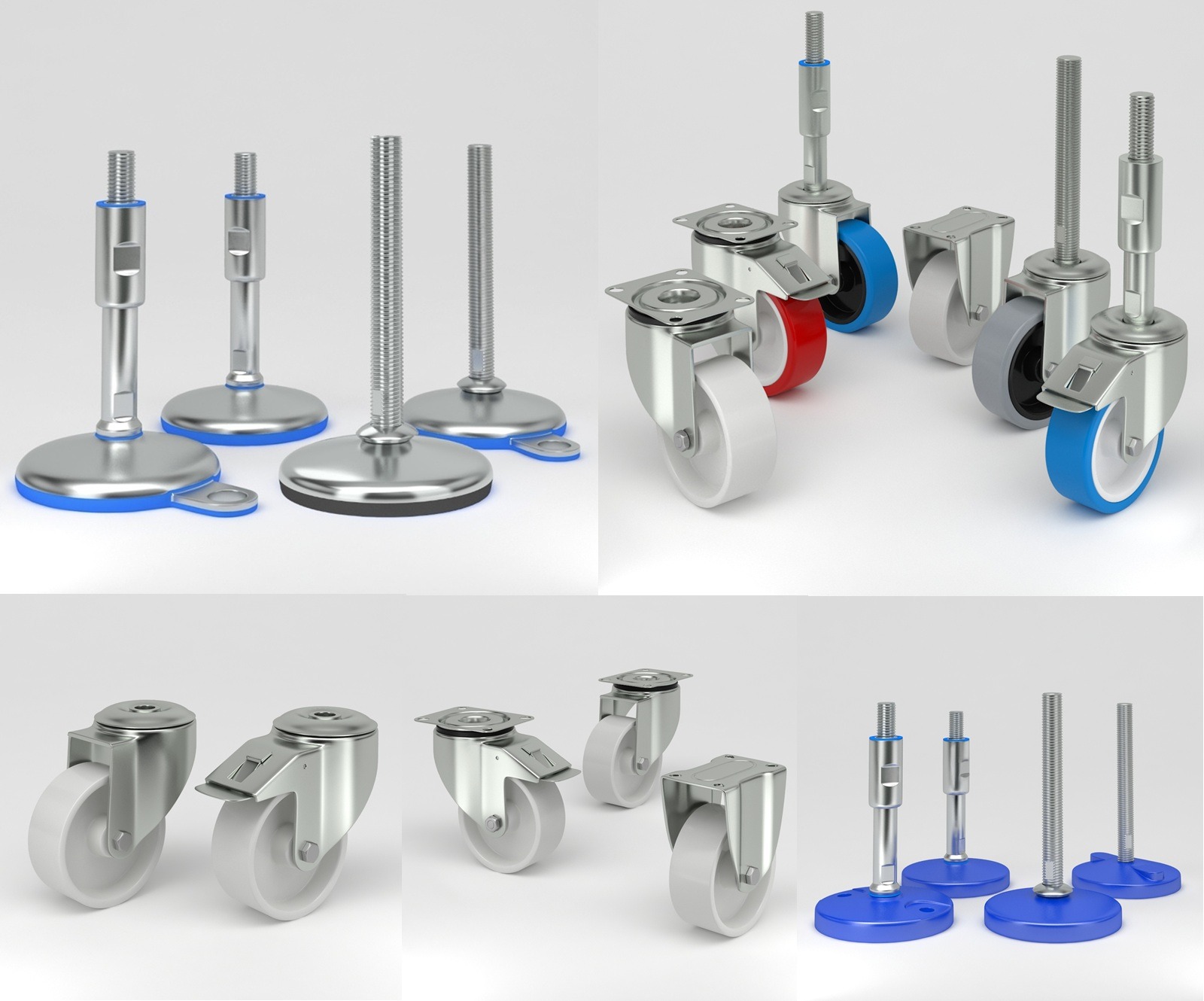
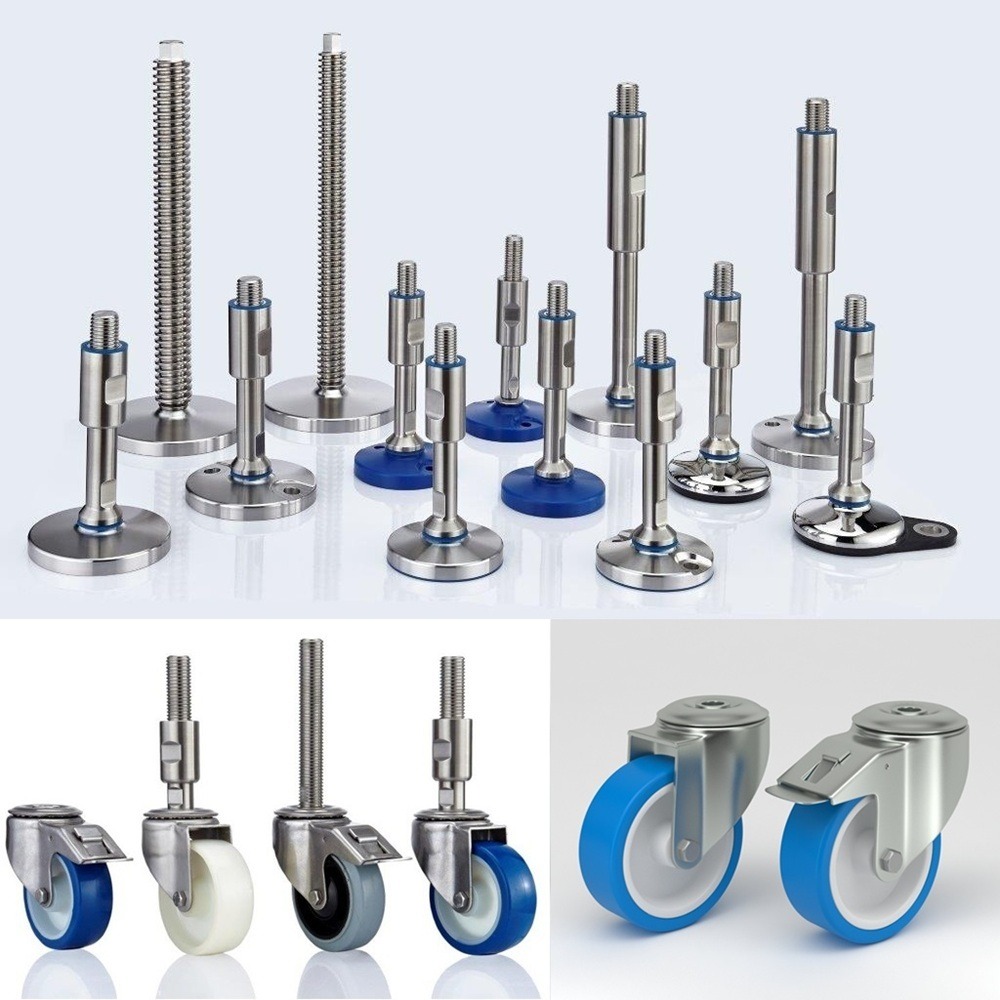
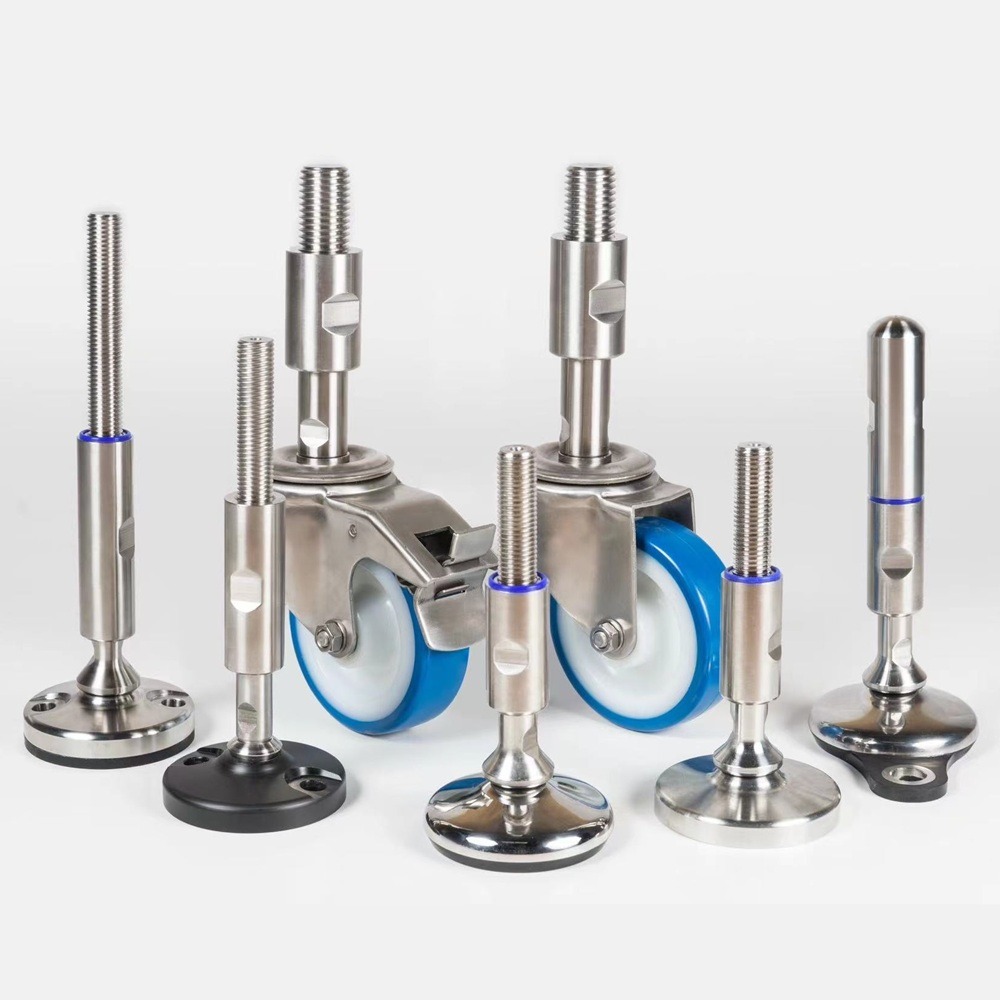
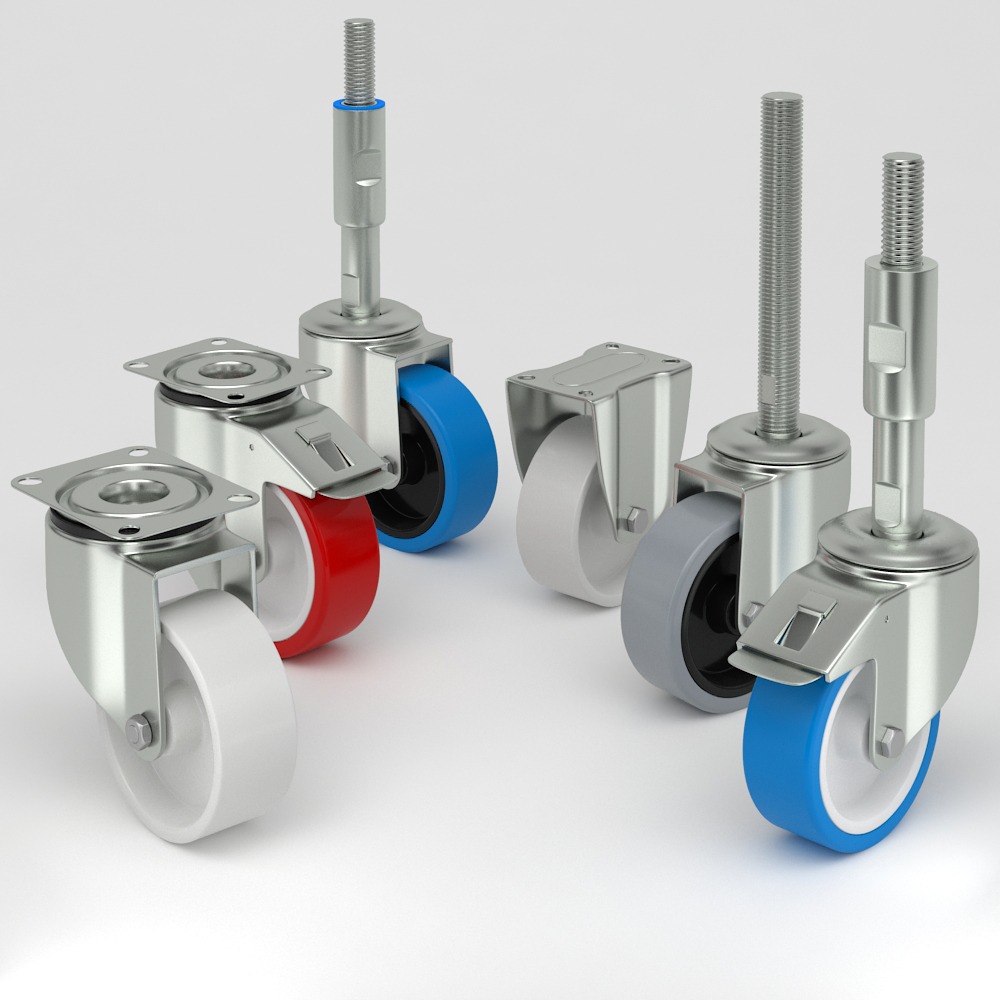
Contact
